Kirsten Elstner has spent 20 years empowering young storytellers
The photographer and educator shares how Photo Camp works as a vessel for empathy and community-building
Right about now, National Geographic Explorer Kirsten Elstner is likely receiving dozens of messages full of ideas from youth and photographers who attended one of the latest Photo Camps she hosted in Wyoming.
A few weeks after each camp, “that’s when I start to get all the messages from staff and students,” she says; her inbox will be teeming with notes from participants about where they see themselves and Photo Camp going next. Even with her responsibilities as the founder and leader of a twenty-year-running photography education and bridge-building program, putting empathy at the helm of her work is priority. “I always respond.”
Elstner’s humility is palpable. “With technology it’s not that hard to respond to an Instagram message or text,” she softens. Still, she stays in touch with 100 or so alumni from Photo Camps spanning through the early 2000s, when the program got its start.
“On the first day of camp we say, ‘Welcome to the Photo Camp family. Welcome to this generation of people with stories to tell. You're now part of this, so I'm here for you,” Elstner says. Photo Camp, celebrating its 20th anniversary of inspiring youth to see the power of their own voice through storytelling this year, is an extension of Elstner herself.
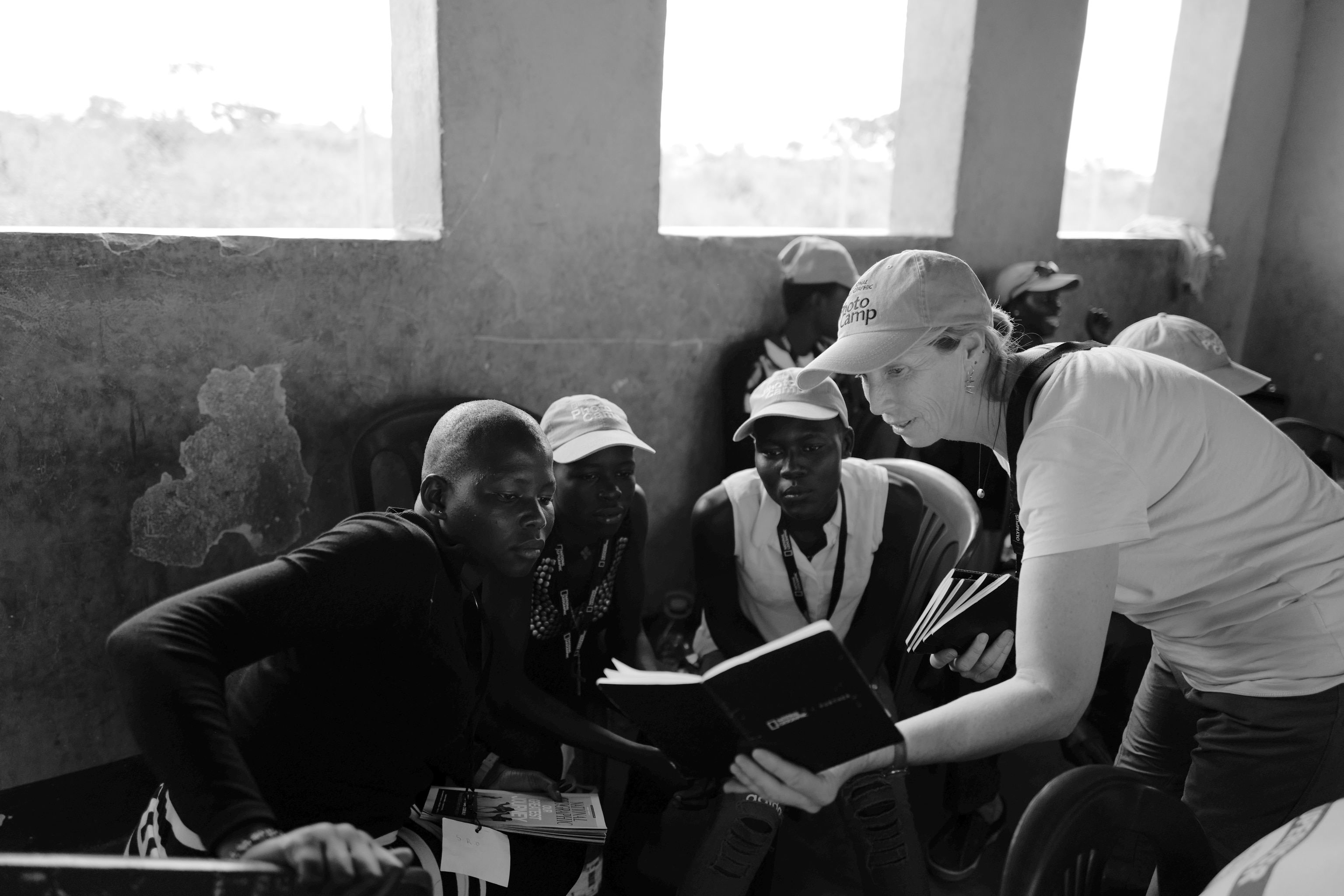
Working with National Geographic Explorers, photographers, community partners, and educators, Elstner has led more than 125 camps around a five-day workshop schedule, to bring youth—particularly those striving to overcome a lack of resources—an introduction to photography and storytelling.
“You always know the camp is going to be great; you just don’t know how the students are going to respond,” Elstner explains.
That’s largely because the students start as complete strangers, and often represent different communities whose paths wouldn’t ordinarily cross. In Wyoming, the ninth Photo Camp Elstner has led this year, some students are children of immigrants, or immigrants themselves, others are Jacksonites, or hail from the Wind River Reservation a few hours away.
Under the mentorship of National Geographic photographers and local team leaders, participants explore areas of their individual expressive interest, under a common theme. Later, they edit thousands of photos down to a total of ten within their smaller teams to present them as a group. The structure is intentional.
“It’s really hard to dislike someone that you’re creating a shared story about your community with,” she explains.
Elstner isn’t delusionally optimistic, though she’s cautious of coming across that way, when she ventures to ponder whether Photo Camp could change the world—but it’s far from impossible. To date, Photo Camp has guided 3,000 alumni through 145 camps in 36 countries.
The outreach program has partnered with a number of other National Geographic Society-supported projects over the years, including Paul Salopek’s 10-year-running slow journalism experiment, the Out of Eden Walk, the National Geographic Okavango Wilderness Project (NGOWP) aimed at securing permanent and sustainable protection of the Okavango watershed, and Project Ceti in its mission to advance the communication of sperm whales. The program has produced two-and-half million photographs.
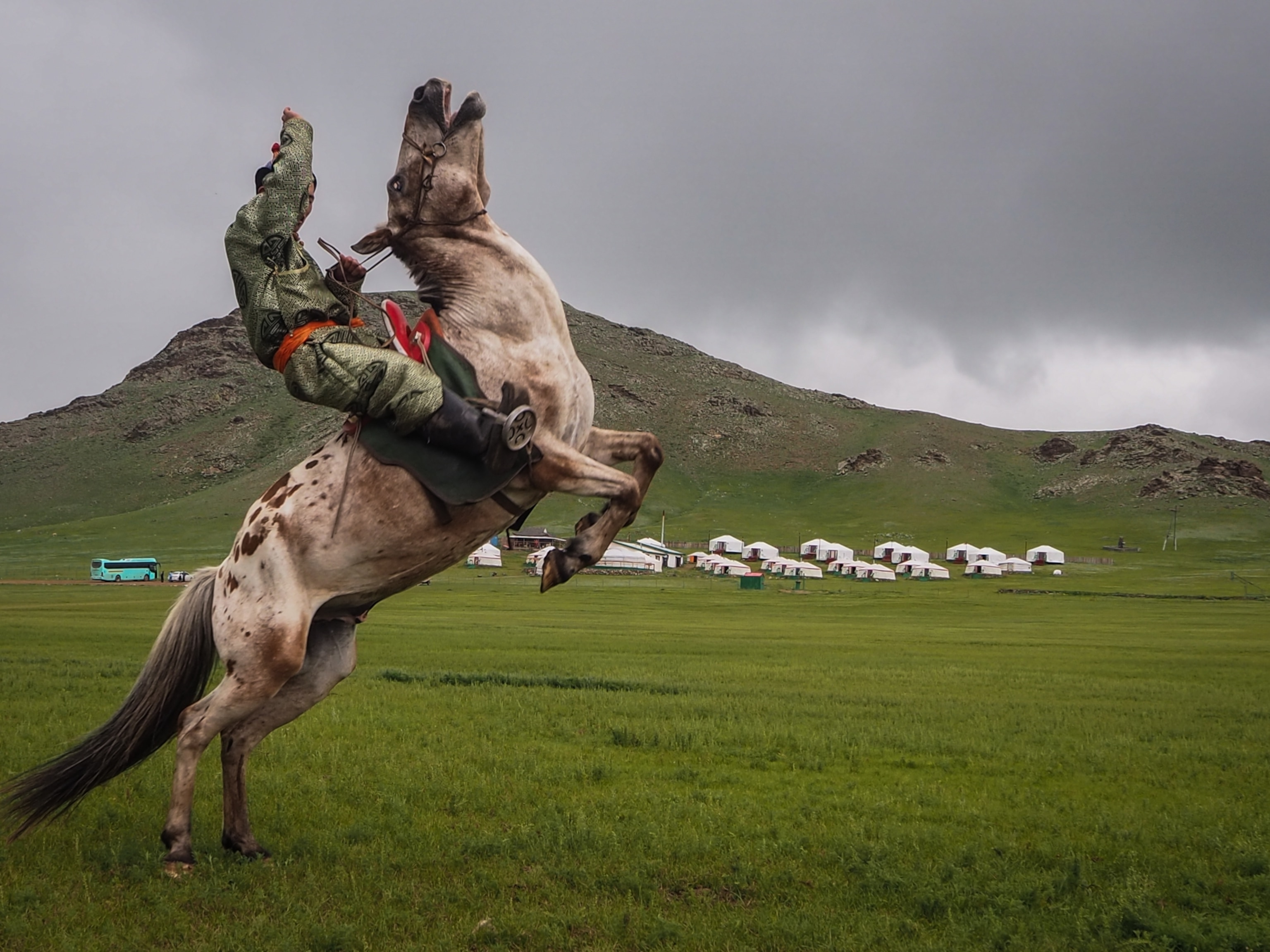
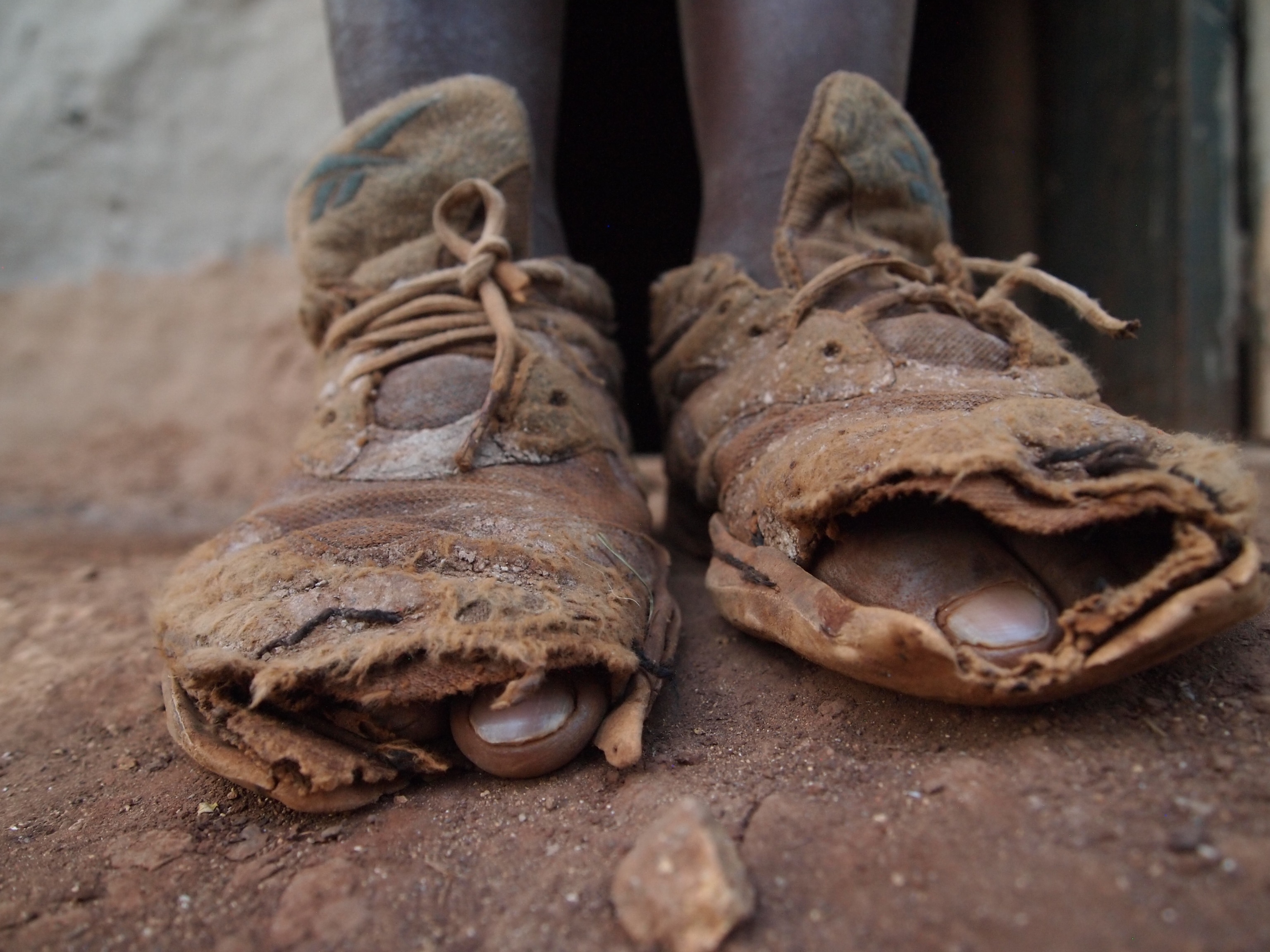
Over two decades, Elstner has witnessed how the art of listening, story sharing, and vulnerability can help cultivate a more empathetic world through the Photo Camp microcosm, with alumni following her lead.
In 2020, Markus Martinez Burman participated as a student in a virtual Photo Camp, and eventually returned to serve as a team leader for multiple camps.
He became a Young Explorer “based on how jazzed he was by Photo Camp,” Elstner says. His inspiration trickled into his current work with Indigenous Sustainable Development (INDIS), to empower youth from the Mokox Indigenous Nation of Lomerio, Bolivia to exercise their territory rights through storytelling. And in August of this year, Burman alongside fellow Explorers Dominic Bracco and Meghan Dhaliwal led Photo Camp workshops in Juchitán, Mexico; the location idea was Burman’s.
Houkamau Te Aho Potae, a 2019 Photo Camp Murupara alumnus, has also served as a team leader and was named a 2023 Young Explorer.
“I love that circle because I’m trying to do what that story represents. It’s not just a rubber stamp program, it’s a living design,” Elstner says.
Designing the dream
“You can design your own life,” are words Elstner has lived by, passed onto her children, and kept as a guiding star for Photo Camp.
By the time Elstner’s own global photography was being featured in major publications like Time Magazine, Life, and the New York Times, she had a realization about the stories she was telling: The camera, the journal, and the pen should be in the hands of the people she was documenting. This conviction to pour back into the communities she had the privilege of getting to know through her career propelled a new vision.
“How can I do that through photography? It’s the only thing I know. And I’m pretty good at connecting people and ideas,” she remembers thinking. So she spun up the design.
Elstner began, as she puts it, “flying the plane while building the plane.” She decided on arranging her life around giving back, even as her responsibilities were expanding.
“I had two little boys. They were babies. I thought ‘if something is going to take me away from my family, I want it to be meaningful.’”
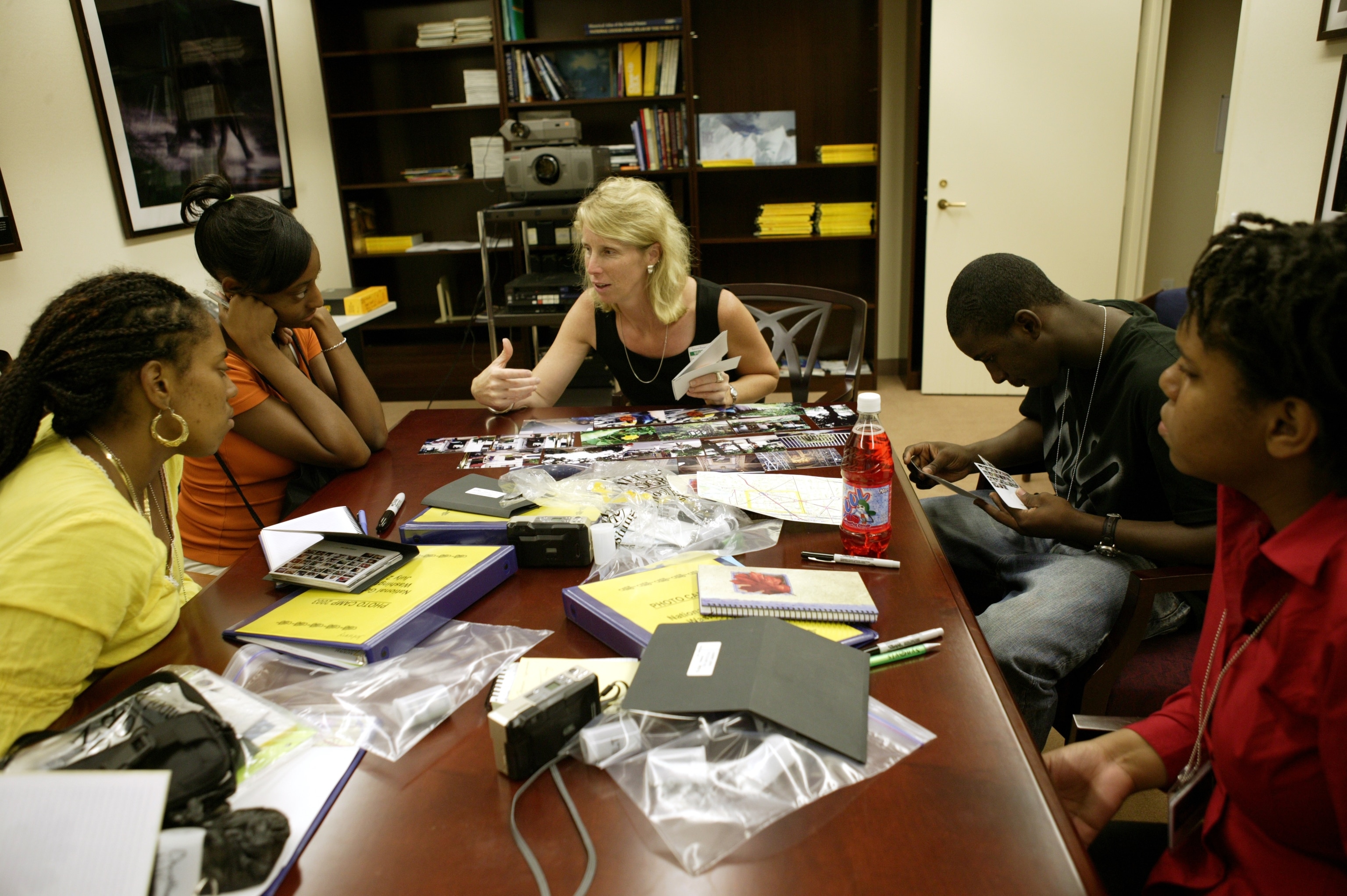
In 2001 Elstner looked to youth in the juvenile drug court in Annapolis, Maryland. Through the nonprofit organization she formed called VisionWorkshops, she began mentoring youth in processing their emotions through photography. The program evolved into Crossing Borders, which helped with Latin American youngsters’ integration into their communities through cultivating understanding between immigrant students and their new neighbors.
The participants displayed their realities as photographs in their high school cafeterias; it gave context to the story of leaving home, and finding a new one. “People saw their stories and understood why they were there,” Elstner recalls.
In the end, these students integrated better into their community and were proud of the work they did. The outcome inspired Elstner to scale the project.
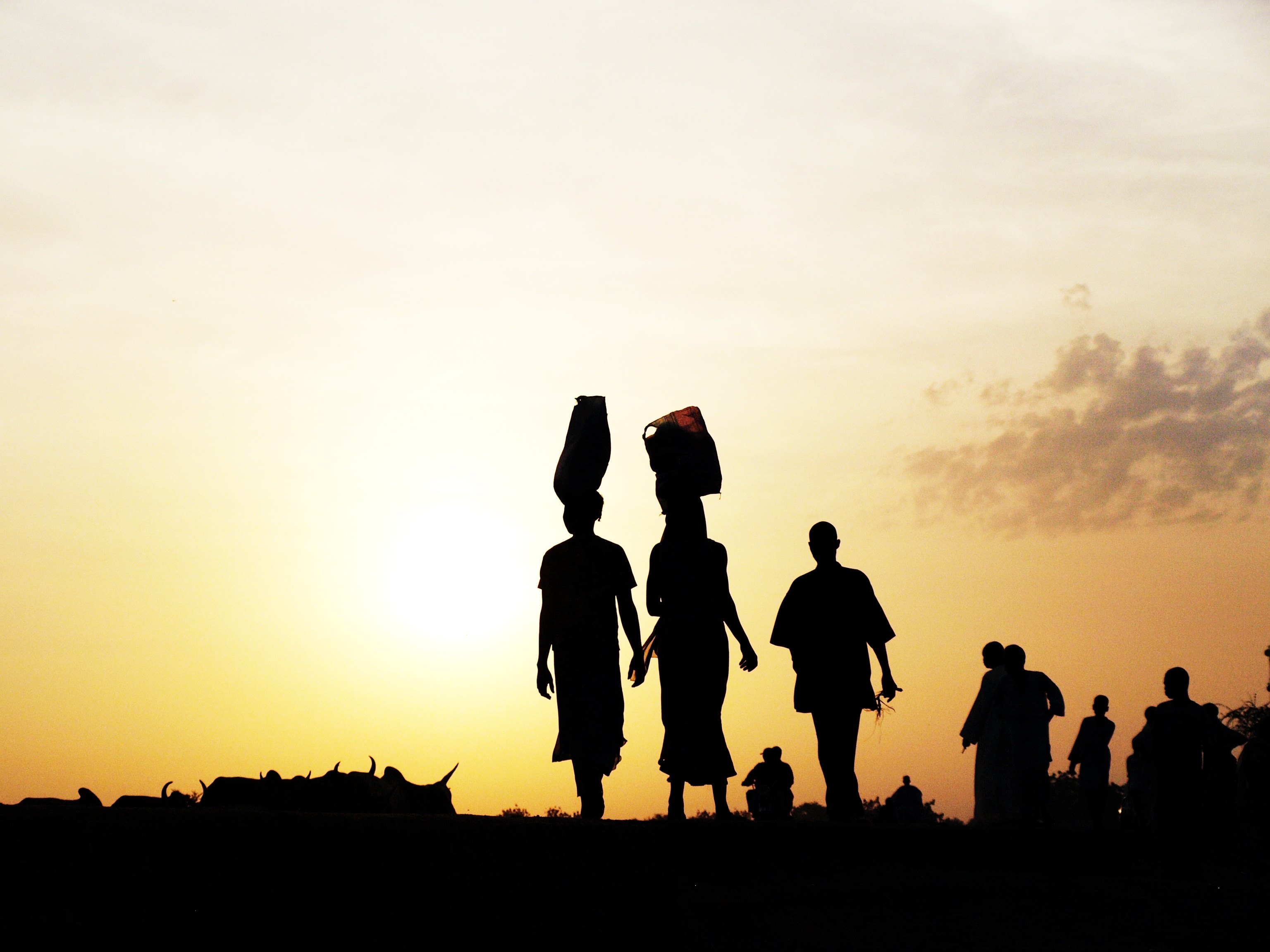
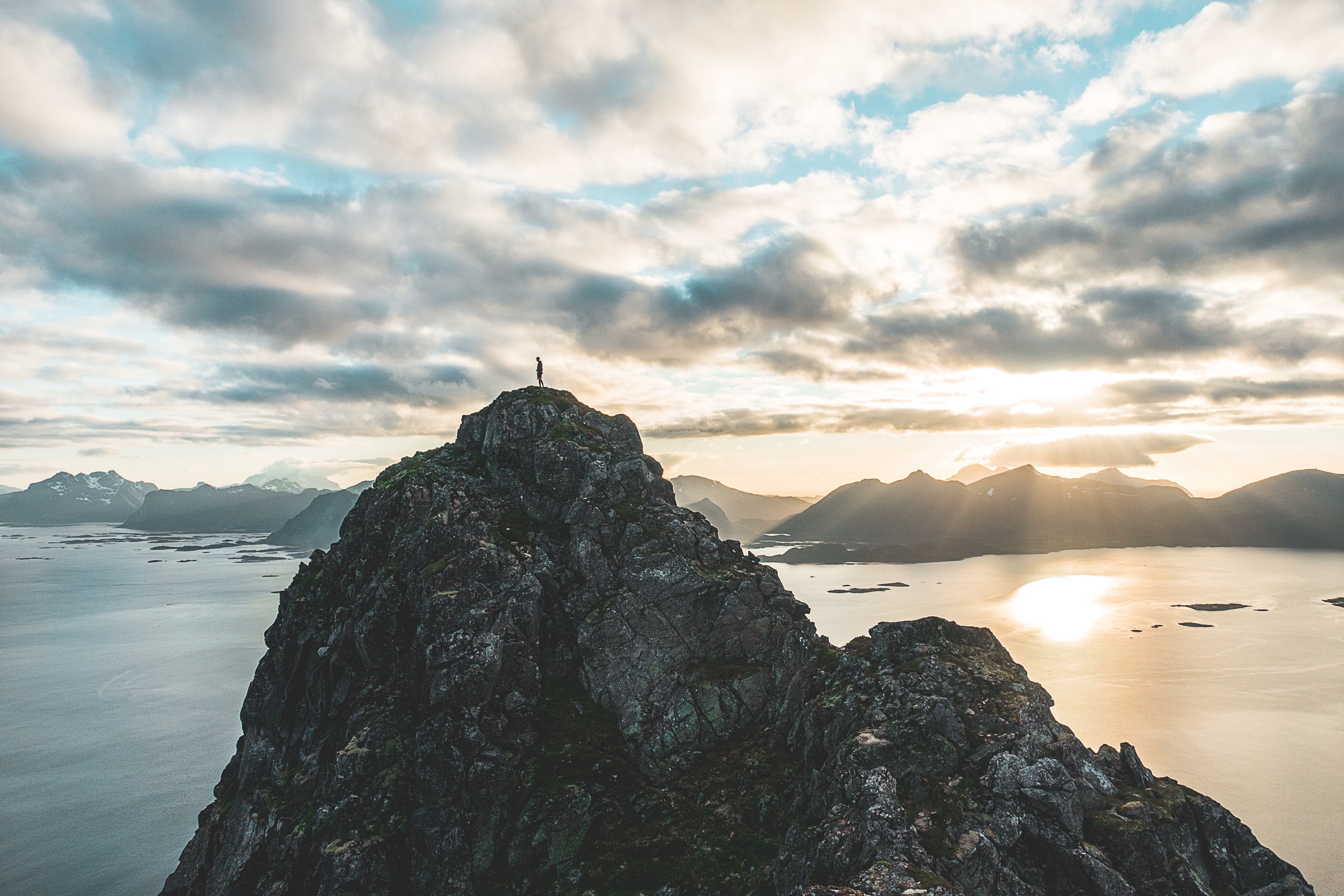
Around the same time, a fund was created to expand educational opportunities for youth—and it would provide the seed funding for the first Photo Camp. The fund was born in commemoration of two National Geographic Society staff members, Ann Judge and Joe Ferguson, who were killed in the plane flown into the Pentagon on September 11, 2001.
The mission for VisionWorkshops, and Photo Camp by extension, was and remains “to try to nudge the world towards a more peaceful and tolerant place,” Elstner says.
How to foster that at Photo Camp? Begin by letting youth know they are heard.
‘The Photo Camp magic’
In the Photo Camp classroom at their hosting partner site, the Teton Science School in Wyoming, there are small group discussions going on. It’s the day before the final presentation on October 8 and the students, who have been divided into teams for their assignments, are editing down thousands of photos into their top selections as a team. But each individual holds and shares their own story.
Elstner facilitates a tough discussion around death and loss; one of the students is mourning a grandparent, and her peers lean in to console and reassure her. Across the room in a different circle, a team is recapitulating silly moments from the week in photos, in tears from all the laughter. Meanwhile, one student recounts to another a scary story from the campfire the night before: “We hit something on the road. And then we got out of the car, and there was human hair on the bumper!”
A week ago these students were strangers. “I think a lot of them come in really ambivalent and shy,” National Geographic Explorer, photographer, and Photo Camp instructor Sara Hylton says. “They develop a tool that helps them come out of their shells. You see it evolve over four or five days–they make new best friends.”
Victor Zea, Photo Camp instructor, fellow Explorer, and photographer echoes the sentiment: “Of course this workshop is dedicated to photography and how to tell stories from their perspective. But in the end, it’s a space for students to trust one another.”
Elstner and her team have been discussing “the Photo Camp magic,” the spirit of community that comes to life in the span of a week. It’s hard to engineer a program that teaches storytelling, and fosters understanding and connection in five days. “And, it should be fun,” Elstner laughs. Maybe it’s in the rituals: sharing meals, the campfires, or prompting students to search for ways to appreciate their individuality with questions like, “what's your gift to the world?”
Or maybe the magic is in showing new students the work of professional photographers and Photo Camp alumni from all over the world. Stories about undocumented migration in the small desert town of Arivaca, Arizona. Images from Pasifika youth’s expressions of what it means to be from New Zealand. Pictures made by teenage Ukrainian war survivors processing tragedy. Synthesized into a few presentation slides, a new cohort of students is primed for their own experience through the testimonies of those before them. It beckons them to take part.
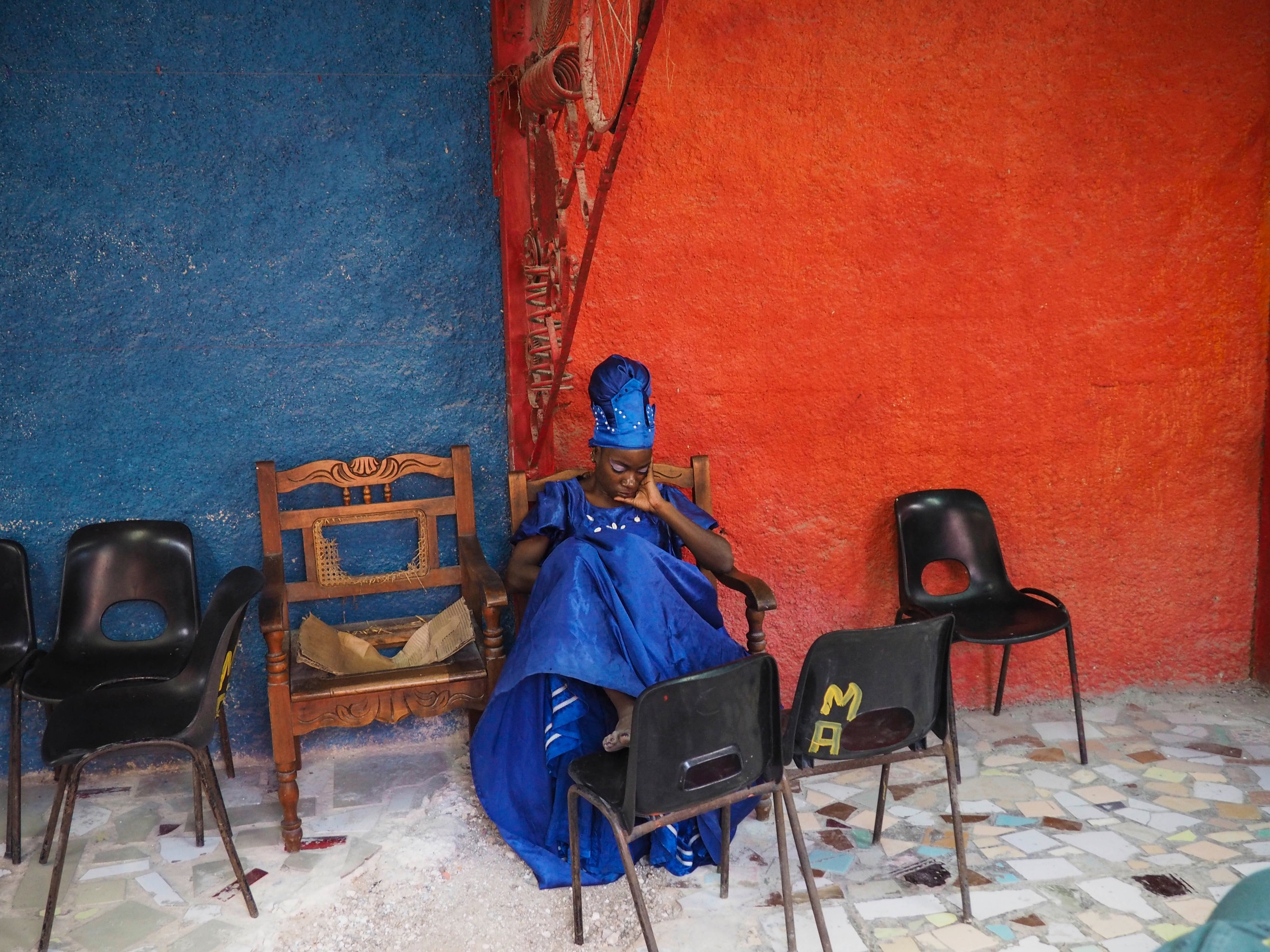
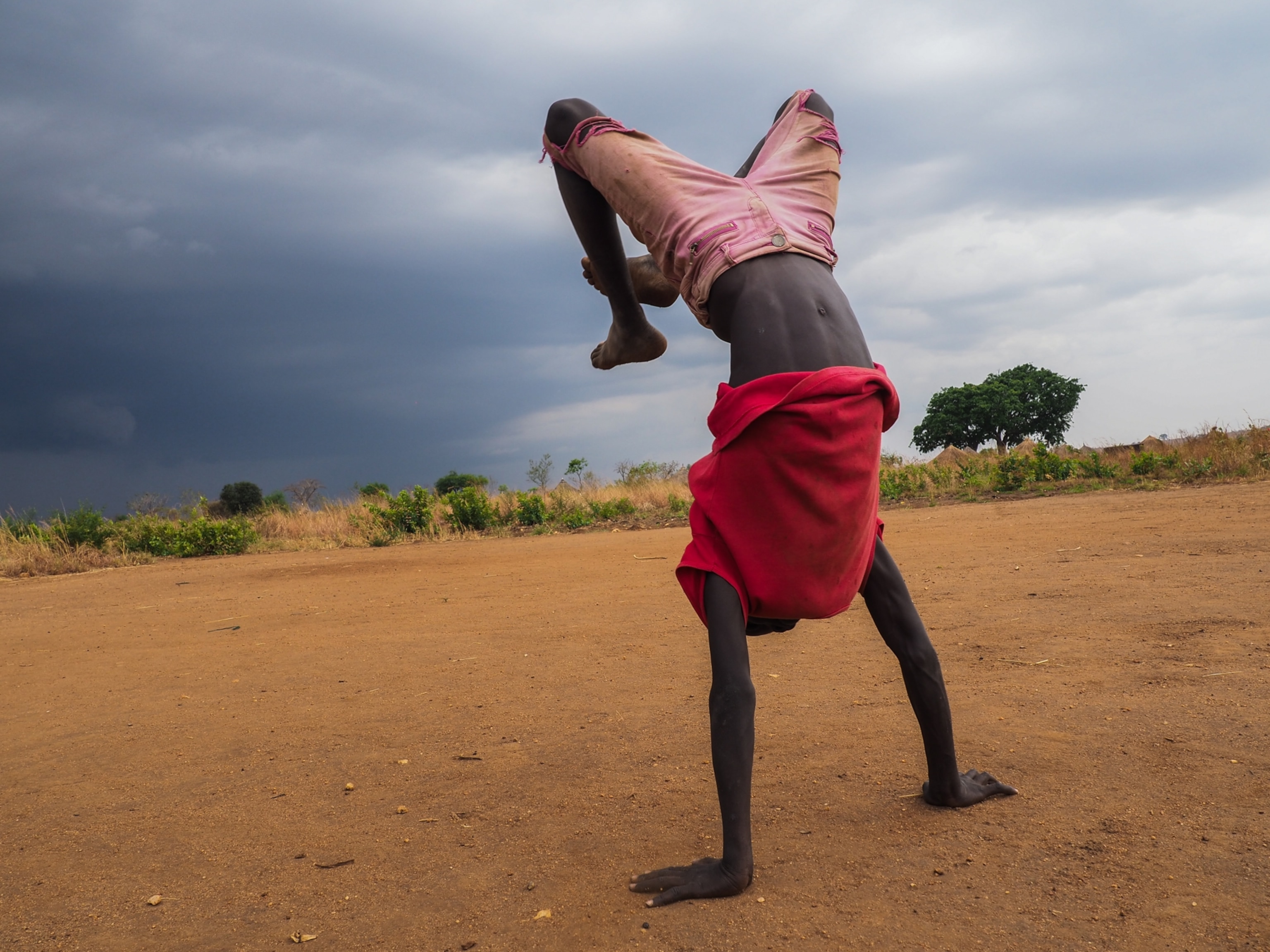
“I think the biggest thing Photo Camp does is give students a voice,” technical director Darren Agboh says. “By giving them the tool of photojournalism they have a way to synthesize their thoughts and communicate them to the world.”
One 15-year-old student and Jacksonite said their experience has been an exercise in overcoming fear. Their severe social anxiety made the task of ordering food at a restaurant challenging before Photo Camp. “It was pretty bad,” they share. They spent the week on a team led by Michael Redman, who accompanied the students on their field trips and shared his knowledge of traditional Arapaho medicine practices.
“It’ll definitely be easier to start talking to other people. To not be just confined to my little space,” they say. This student’s own work explored their team’s theme “Wyoming through our eyes,” by documenting landscapes and nature. Now, as an aspiring career photographer, they say they’re considering using their newly-acquired skill to dismiss stereotypes about Wyoming’s wealthiest city. “It’s not just rich people and fake cowboys. There’s something more than that.” They’ve also come to understand and appreciate human differences, and universals, through their peers.
“Native Americans pray on buffalo hide, they have their own foods. There are differences between me and some of the people here. But at the same time, we’re still both humans. We’re Americans. We live here, but we’re different,” they reflect.
One of their teammates is a high school senior from Beaver Creek, Riverton–part of the Arapaho Wind River Reservation. He aspires, above all else, to join the NBA. “That’s plan A. Then the NFL. Plan C is meteorology, then photography,” he laughs.
“I never touched a camera, so that was new. I liked getting up early for the cold walks and talking to another one of the students. He’s a 4A player so that was something we had in common,” he shares.
At Photo Camp he photographed glowing teepees and mountain landscapes. The Rockies are the backdrop to his home in Riverton, which he learned to appreciate more in spending a week with others who “don't have that privilege.”
“That’s what I picked up, to be grateful.”
The ripple effect
On the day of the final presentation, there is what Elstner describes as “all the creative chaos.”
Students rush to submit their final photo selections and refine their ideas. The shiny snowcaps of the Tetons show off through a window in the classroom. Laptops, cameras, hard drives are scattered about, and there’s lots of chatter about how things will go at the Museum of Wildlife Art in the evening.
Elstner is excited; she’s experienced this moment over and over again for the last 20 years and still looks forward to it. “I don't do stress,” she answers to the question of how she manages it all. Every day for Elstner is a new opportunity to lean into gratitude and keep going. Starting with an intentional thankfulness walk.
“I do this every single day. I remember each student, I try to recall every name. That helps me process how to be my best for them, because they’re taking a risk by sharing their stories. It prepares me to listen,” Elstner says.
If Elstner is anything, it’s present. For her genuine concern for her company’s well-being beyond her duties, the heart of Photo Camp just makes sense. She is an example of being in the moment.
“My kids didn’t really know I worked,” Elstner says, remembering that in Photo Camp’s infancy she would put in hours overnight to be with her boys during the day. It wasn’t easy; she juggled multiple jobs and faced naysayers to arrive at today. She was told to be realistic, and the idea of changing lives, let alone the world, through this effort was far-fetched.
After 20 years, “it is what I thought it would be,” Elstner answers without hesitation. She still considers herself to be building the plane while flying it. “Not that it’s perfect, because I always want to improve. But, this is what I had hoped for.”
This November, Photo Camp alumni from all over the world will gather in Washington, D.C. for a Photo Camp masterclass. Elstner asks herself whether there will be room for them all in her Annapolis home for a weekend; she’s considered hosting them. It’s a foreshadowing of the program’s future direction, which Elstner says could include a new networking component that would facilitate student connections long after their five days at camp.
As tradition goes, when the Wyoming week wraps, Elstner and the team recognize each student on the final presentation stage. This time, it’s on Elstner’s birthday. A student sings a traditional Arapaho rendition of “Happy Birthday.” Flowers. Embraces. Tears. Laughs.
Elstner revisits the idea of students’ gifts to the world: “We say, ‘we’ve got a room full of people here with empathy, kindness, positivity, curiosity, and what if all of us ripple that out into the world?” she asks.
“You can’t change the world with just one person but you can affect your tiny little corner of it, especially when you’re gathering people together around a shared idea of understanding,” Elstner adds. “I can’t wait for the next 20 years.”
ABOUT THE WRITER
For the National Geographic Society: Natalie Hutchison is a Digital Content Producer for the Society. She believes authentic storytelling wields power to connect people over the shared human experience. In her free time she turns to her paintbrush to create visual snapshots she hopes will inspire hope and empathy.

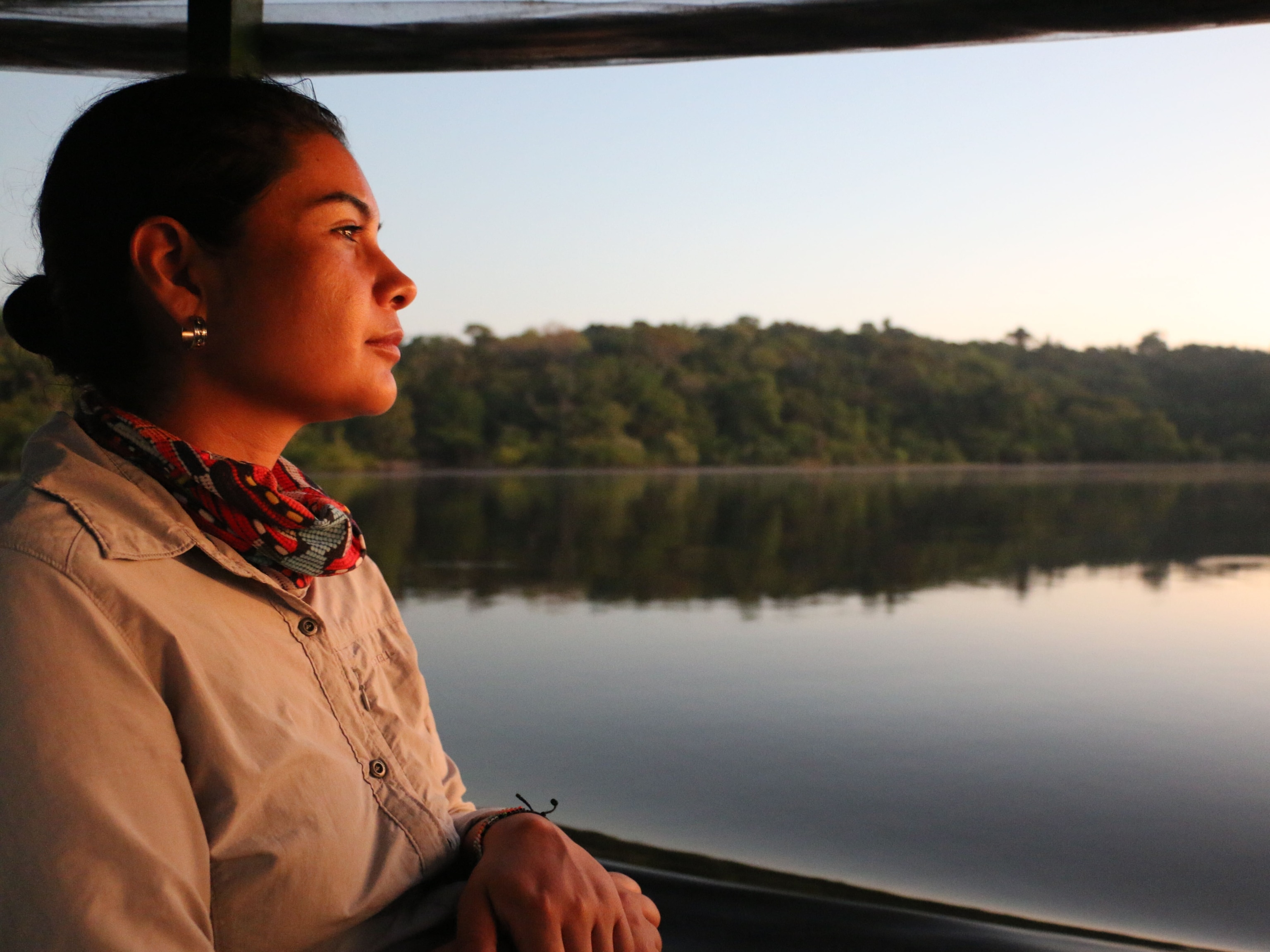
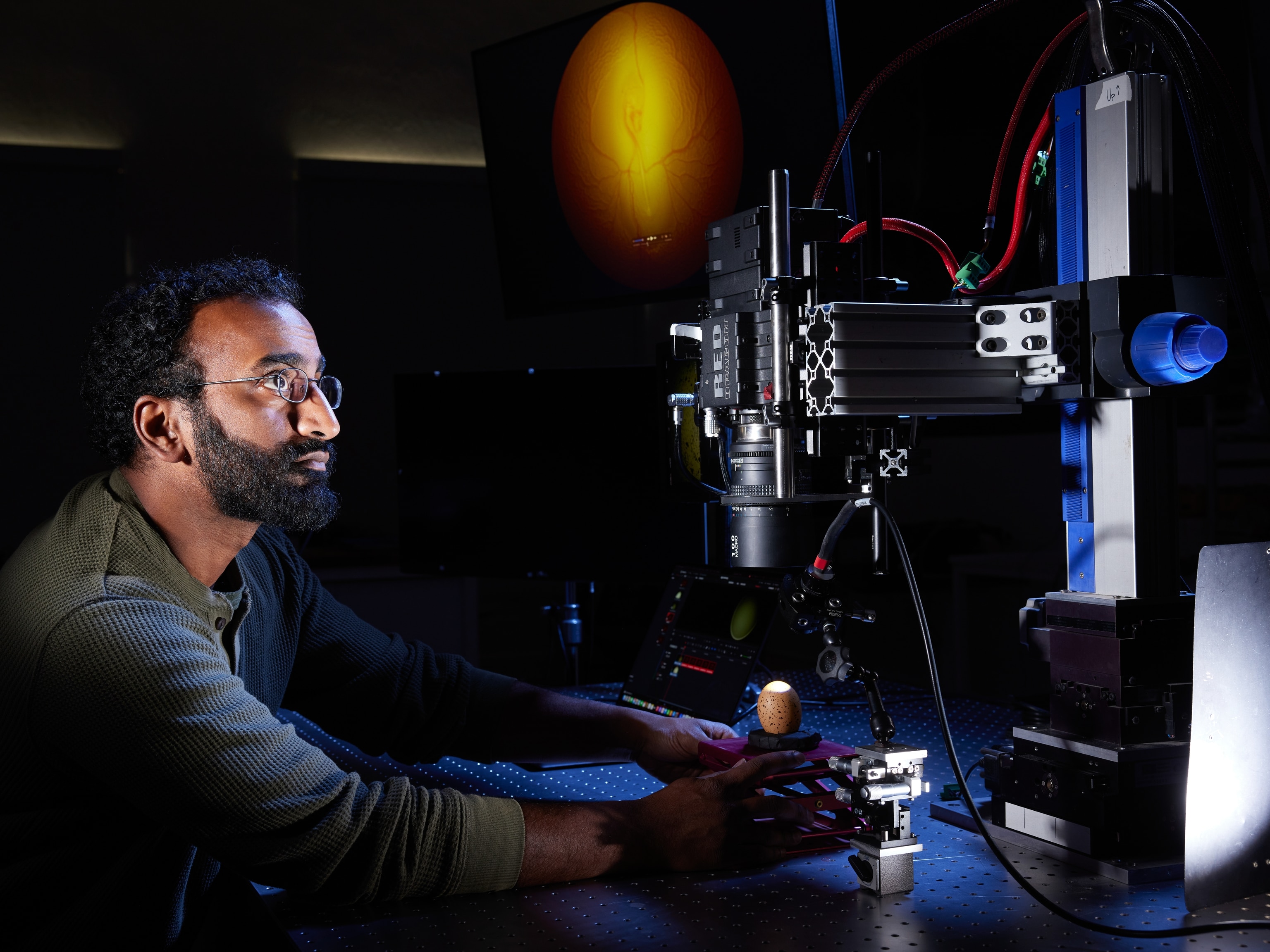
_4x3.jpg)